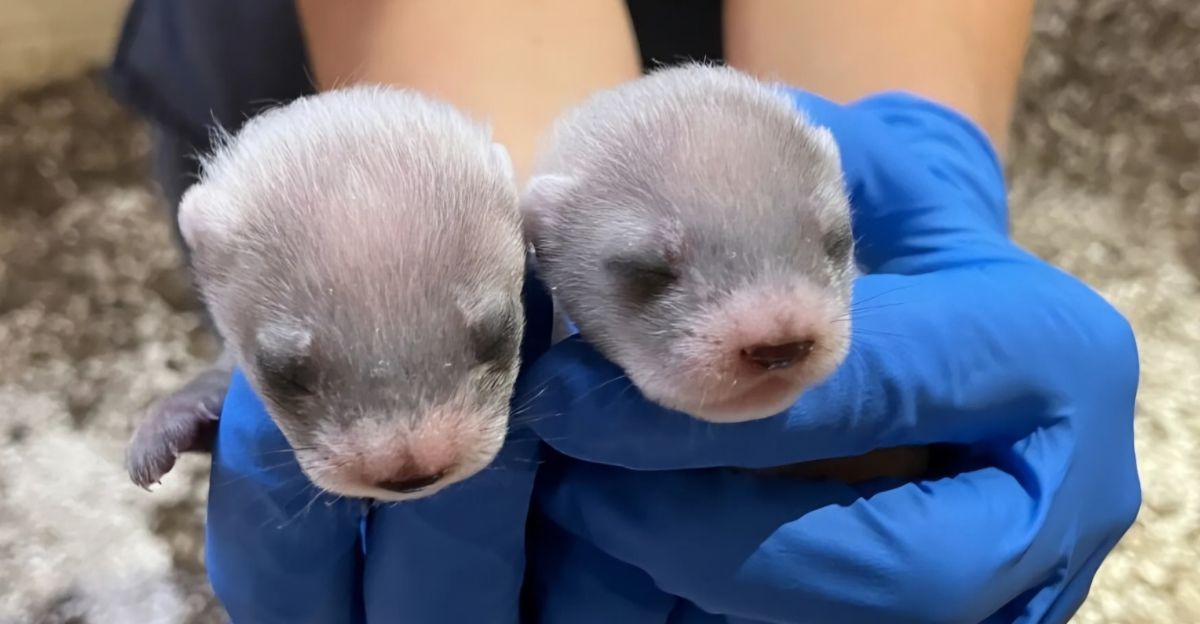
Picture the American prairie at dusk—quiet, wind-swept, haunted by a creature long believed lost to history. For decades, biologists whispered about the small ghost haunting the grasslands, a species so rare it bordered on myth.
Its disappearance left a void in the ecosystem and conservationists’ hearts. But more recently, rumors began flooding scientific circles and social media: something extraordinary was happening behind closed laboratory doors.
Might it be possible to reverse the tide of extinction, not by chance, but through human ingenuity? After all, the stakes were nothing less than rewriting the rules of nature.
Why the World Is Watching: Conservation’s New Frontier
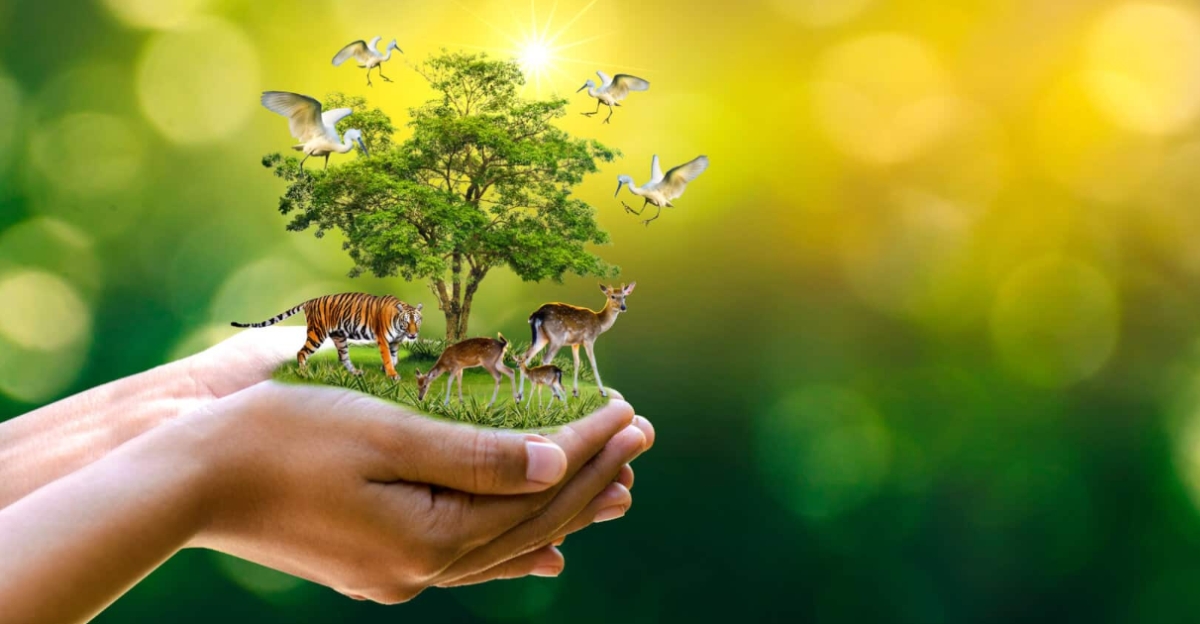
It’s not another story of rescuing endangered wildlife. It’s more of a tectonic shift in saving species. It’s truly no secret that conservationists worldwide have battled to slow the perpetual loss of biodiversity.
Today, with the planet in the grip of a sixth mass extinction, America has become an experimental laboratory for extreme and new measures. Geneticists, zoo officials, and federal agencies are working together in ways that would have been inconceivable a decade ago.
The implications ripple far beyond one animal: if this works, it could change the playbook for recovering endangered species populations on a global scale.
The Role of Genetic Engineering in Conservation

Genetic engineering, when used in conservation processes, gives endangered species a glimmer of hope for a bright and thriving future. The question is: how?
Now, scientists can precisely edit DNA to boost genetic diversity, transfer disease resistance, and even help animals cope with climate change. For example, gene rescue programs have brought back genetic fitness in populations like the Florida panther.
While such gains introduce new frontiers, they also necessitate stringent regulation to avoid unintended environmental impact so that innovation positively serves both species and their ecosystems.
Heartstrings and Hashtags: Why People Care
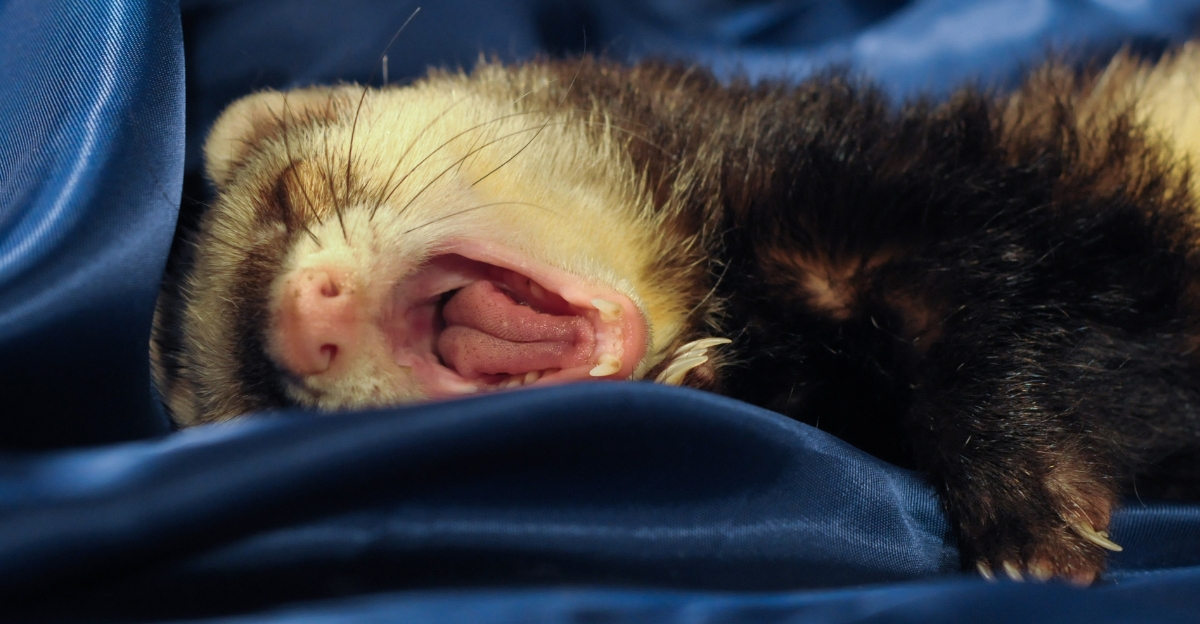
Scroll through Reddit or TikTok, and you’ll find a surprising wave of emotion around this story. There’s nostalgia for lost wildlife and anger over human-caused extinction, but also a contagious feeling of hope.
A fluffy, striped creature, once considered extinct in the wild, has become an icon of resilience and a symbol for second chances. Viral video clips of falling kits in cages elicit joy and controversy in equal measure.
To some, though, this isn’t about science—it’s about redemption, proving we can repair what we broke, and seeing the impossible made possible.
Science Makes History as a Cloned Ferret Gives Birth

So, what American species did conservation and genetic engineering bring back from near-extinction? The black-footed ferret. In late 2024, a black-footed ferret clone called Antonia produced healthy kits at the Smithsonian’s National Zoo and Conservation Biology Institute.
It is the first time a U.S. clone of an endangered species has reproduced—a breakthrough that may revolutionize the future of conservation. Antonia was cloned from cells taken in 1988, expanding the gene pool of a species whose revival hinged on only seven founders.
Her kits, growing under watchful care, symbolize not just new life but also new hope for a species that came far too close to extinction just a few years ago.
How Did They Do It? The Science and People Behind the Miracle
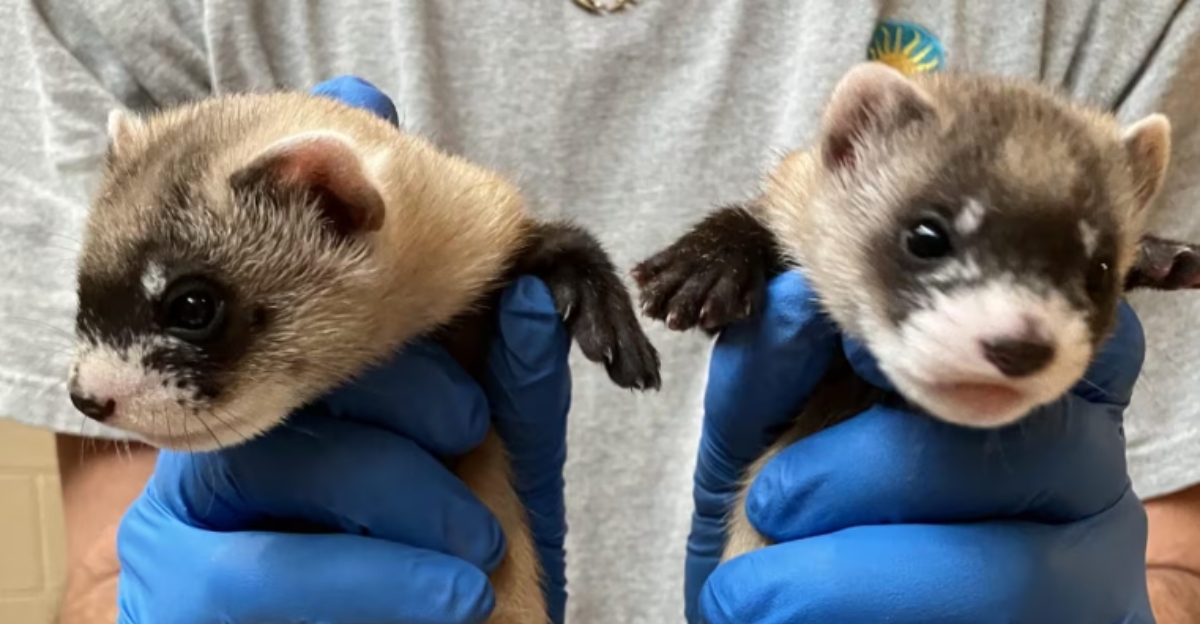
Getting to this point was by no means easy. Scientists at the San Diego Zoo’s Frozen Zoo preserved cells from a wild ferret in the late 1980s, decades before cloning was an option.
Fast-forward to the 2020s, when scientists formed a partnership between the U.S. Fish and Wildlife Service, Revive & Restore, ViaGen Pets, and the Smithsonian and began using somatic cell nuclear transfer, which developed into Antonia.
The project was made up of a host of talented geneticists, veterinarians, and animal care workers, all sharing one vision: to introduce much-needed genetic diversity into the black-footed ferret population and put an end to the cycle of inbreeding that doomed them.
A History of Cloning Black-Footed Ferrets
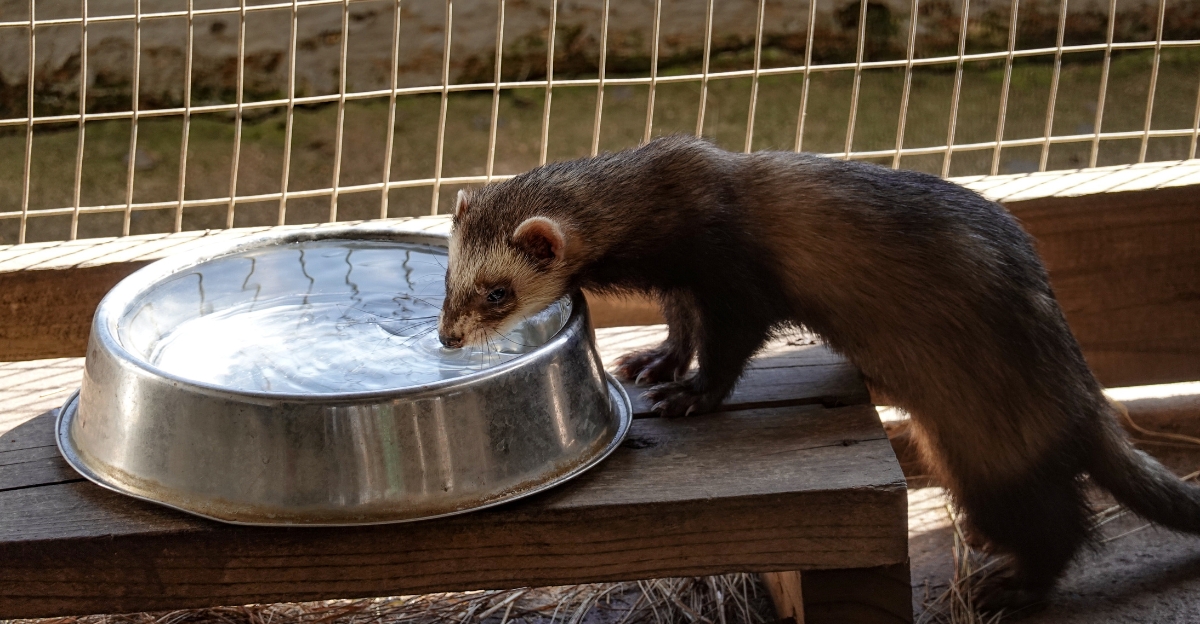
The journey to Antonia’s kits began in 1988, when scientists preserved cells from a wild black-footed ferret named Willa. The ferret’s DNA was found to be far more varied than that of the rest of the surviving population.
Decades later, cloning technology allowed scientists to create clones based on Willa’s DNA, resulting in black-footed ferrets like Elizabeth Ann, Noreen, and eventually Antonia. Elizabeth Ann and Noreen provided crucial insights into the health and reproductive potential of clones, paving the way for Antonia’s future.
Now, Antonia has become the first cloned black-footed ferret to give birth, breaking records in species recovery efforts.
Why Is the Black-Footed Ferret Worth Bringing Back?

Why put so much effort into preserving one small predator? The answer is multifaceted. Biologically, the black-footed ferret is a keystone species—its presence predicts a healthy prairie ecosystem, and its disappearance sends the whole food chain into chaos.
But there is also something more existential to consider: Do we have what it takes to right our collective wrongs? Critics warn of playing God, but supporters counter that doing nothing is also a potentially devastating choice.
For geneticists, it’s an experiment to determine whether cutting-edge technology can complement, not replace, old-fashioned conservation to return ecological balance.
Lessons from the Brink of Extinction

The black-footed ferret’s story is a cautionary tale. Though formerly widespread, their numbers fell dramatically due to habitat loss, disease, and the decimation of prairie dogs, their main prey.
By the 1980s, only 18 individuals remained who were captured to attempt a successful breeding program. Today, all of today’s ferrets are descended from just seven of these survivors; thus, the species is dangerously inbred and susceptible to disease.
The struggle to save them has included the help of not just scientists, but ranchers, and Native and local communities, each with their own stake in the land and its future.
Beyond Ferrets: A New Age of Wildlife Preservation

This triumph is just one piece of a bigger puzzle. From around the world, conservationists are using technology—drones, gene editing, and environmental DNA—to monitor, protect, and even restore endangered species.
Genetic engineering is being explored to make animals resistant to disease or adaptable to the climate. The black-footed ferret project is a proof of concept: if we can restore genetic diversity and resilience in one species, why can’t we apply those tools to others?
The future of conservation is a mix of old-school fieldwork and next-gen science, with collaboration at the center.
What’s Next? Unanswered Questions and the Road Ahead
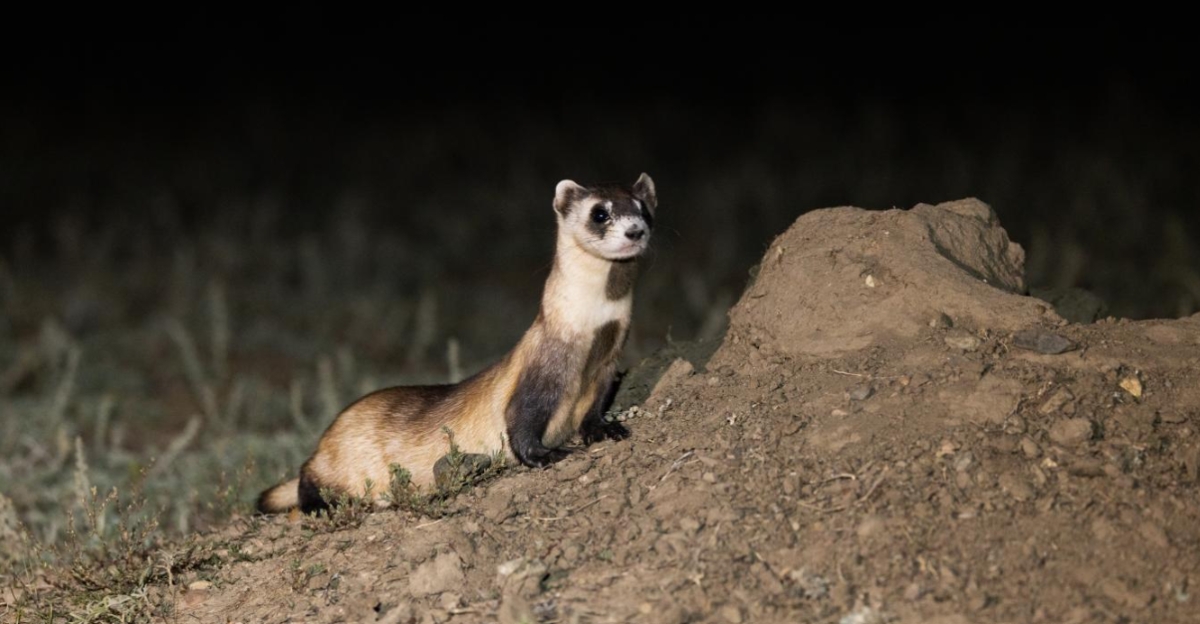
The story is not even close to over. Will Antonia’s kits thrive and help create a growing population, or will unforeseen issues arise?
Further, ethical concerns are being debated: should we be intervening in the natural order, and what are the odds of undesired results now that we have? For now, though, the world waits to see if this step in species recovery will be successful or if it will be a genetic disaster.
Until now, the genetic rescue of species has been a mere dream, and the black-footed ferret proves that extinction does not necessarily mean the end of a species.
The Real Legacy: Can We Learn to Live with Nature Again?
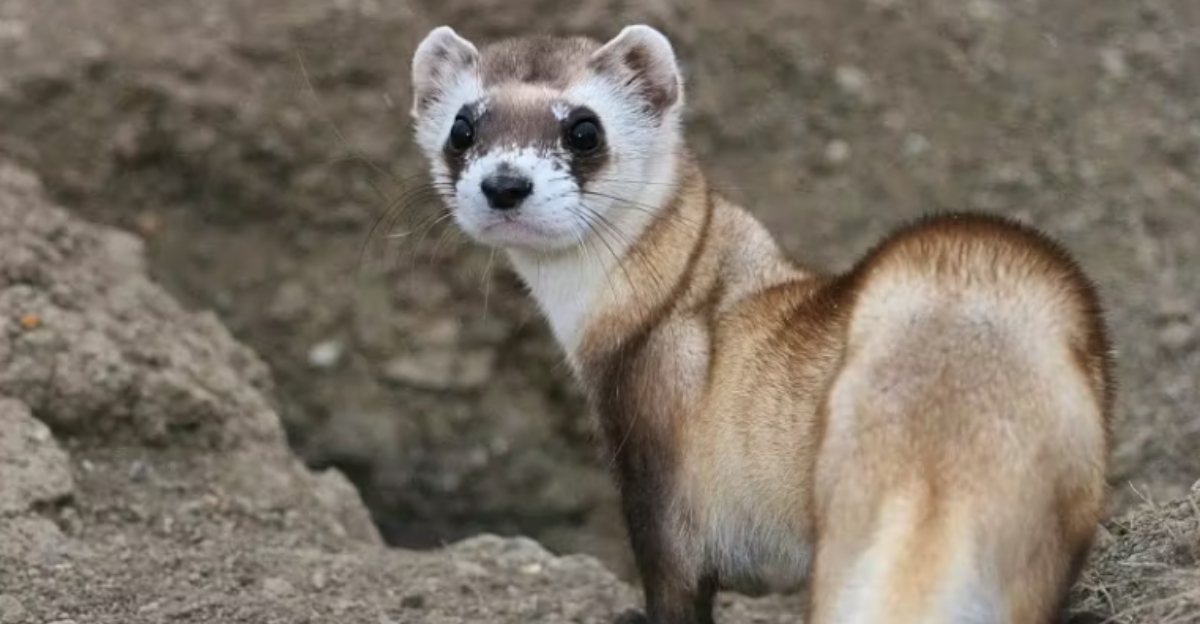
The black-footed ferret’s return is a testament to species perseverance, human ingenuity, and care. But this accomplishment is larger than ferrets or even genes.
Dozens of other American species teeter on the edge of extinction, waiting for a lifeline. Will we learn from our mistakes and find new ways to coexist with the Earth’s wildlife?
For now, we begin to reconsider what’s possible—and what’s needed—if we want to ensure that future generations inherit a thriving world, not just memories. Conservation’s new frontier remains unwritten, but for the first time in decades, the tale seems like it may have a happy ending.
Explore more of our trending stories and hit Follow to keep them coming to your feed!

Don’t miss out on more stories like this! Hit the Follow button at the top of this article to stay updated with the latest news. Share your thoughts in the comments—we’d love to hear from you!







